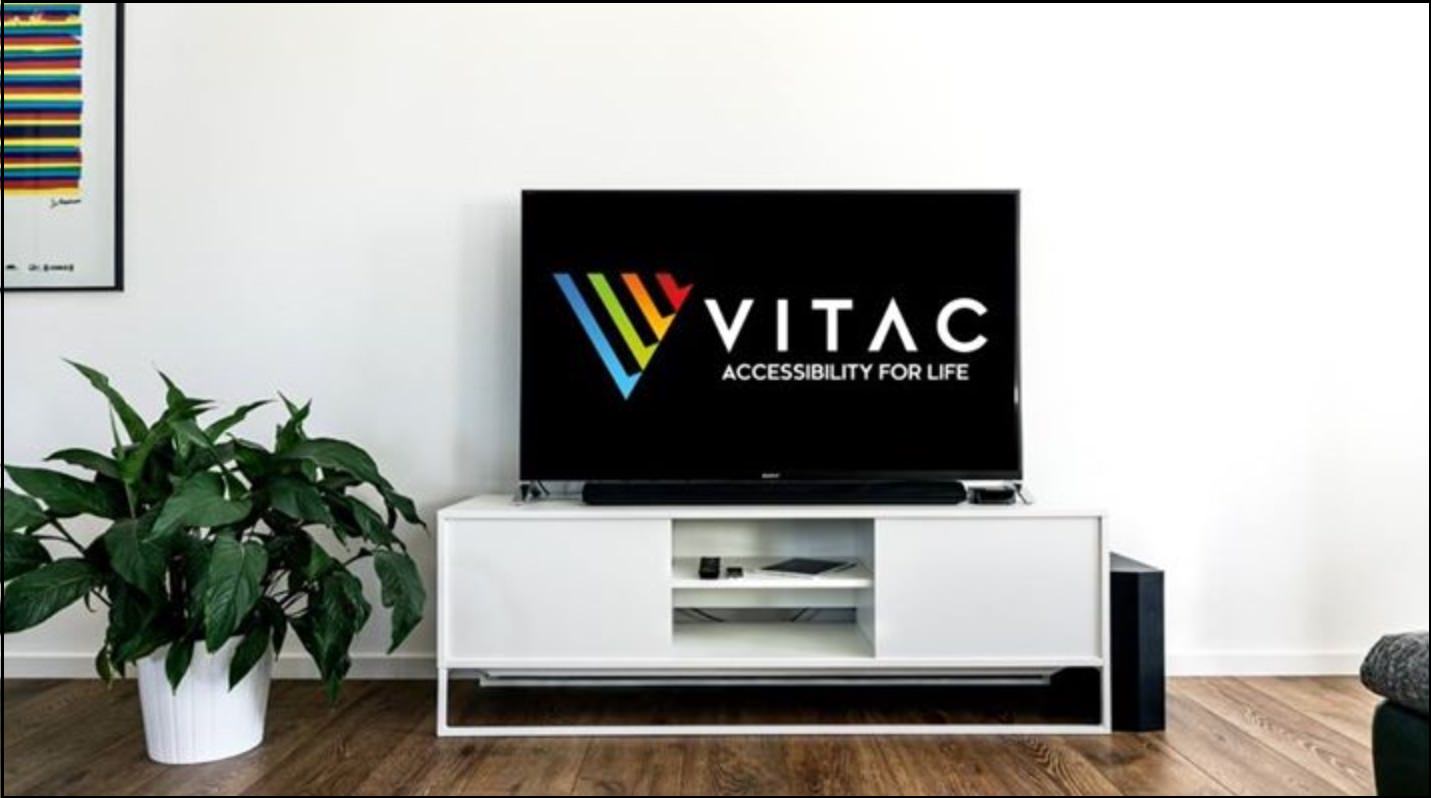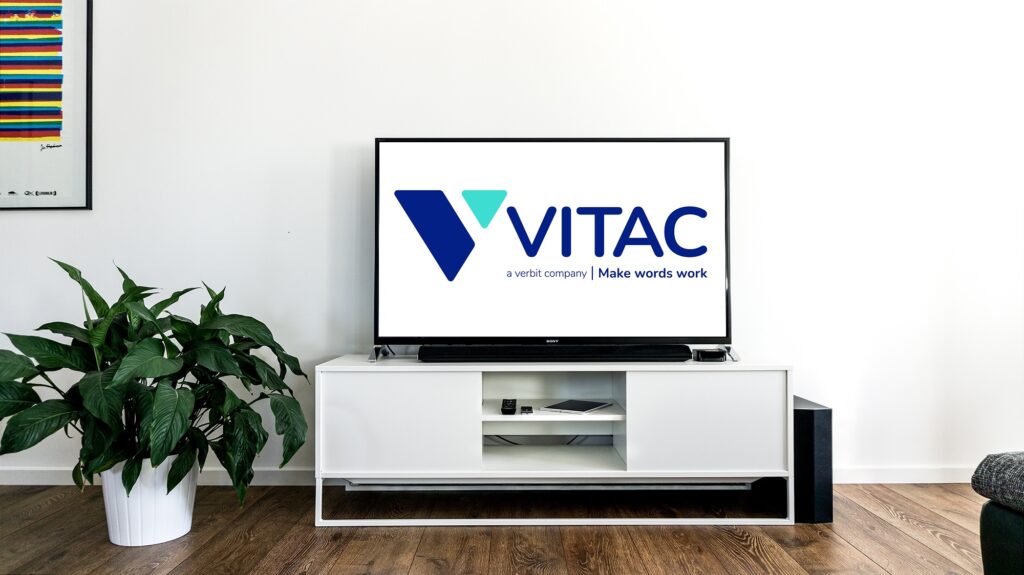We’re going to “Whine About” auto captions.
For the past 20 weeks, Buzzfeed Matt’s “Whine About It” series has been seemingly everywhere on Facebook. The premise: Matt Bellassai drinks a bottle of wine at his desk and complains about anything and everything. He’s brought us such gems as “Things People Do in Public that they Should Do in Private,” and his most recent post, “Types of Coworkers that are the Absolute Worst,” which we’re sure has been shared amongst employees at businesses from coast to coast.
Almost 900,000 people “like” Matt’s Facebook page. His last video was shared over 70,000 times. Unfortunately, people who rely on captions are missing out. His Facebook videos are not captioned, and those on YouTube are “auto-captioned,” meaning voice recognition software is used to “guess” what is being said. The results would be funny if it wasn’t so sad:
What he said: “Hi, everyone, my name is Matt Bellassai.”
What the YouTube captions said: “everyone, my name is Matt Ellis Island.”
What he said: That’s not vintage…”
What the YouTube captions said: “that’s not been touched.”
Captioning videos on Facebook and YouTube is easy. For YouTube videos, just create a transcript and upload it with the video — YouTube’s timing is much better than their transcription! Facebook requires an SRT file, which can be downloaded from YouTube or created from scratch.




